Stamp duty bands ‒ how do they work and how much tax will you have to pay?
The stamp duty bands that apply to you will affect how much tax you have to pay, so make sure you know how they work
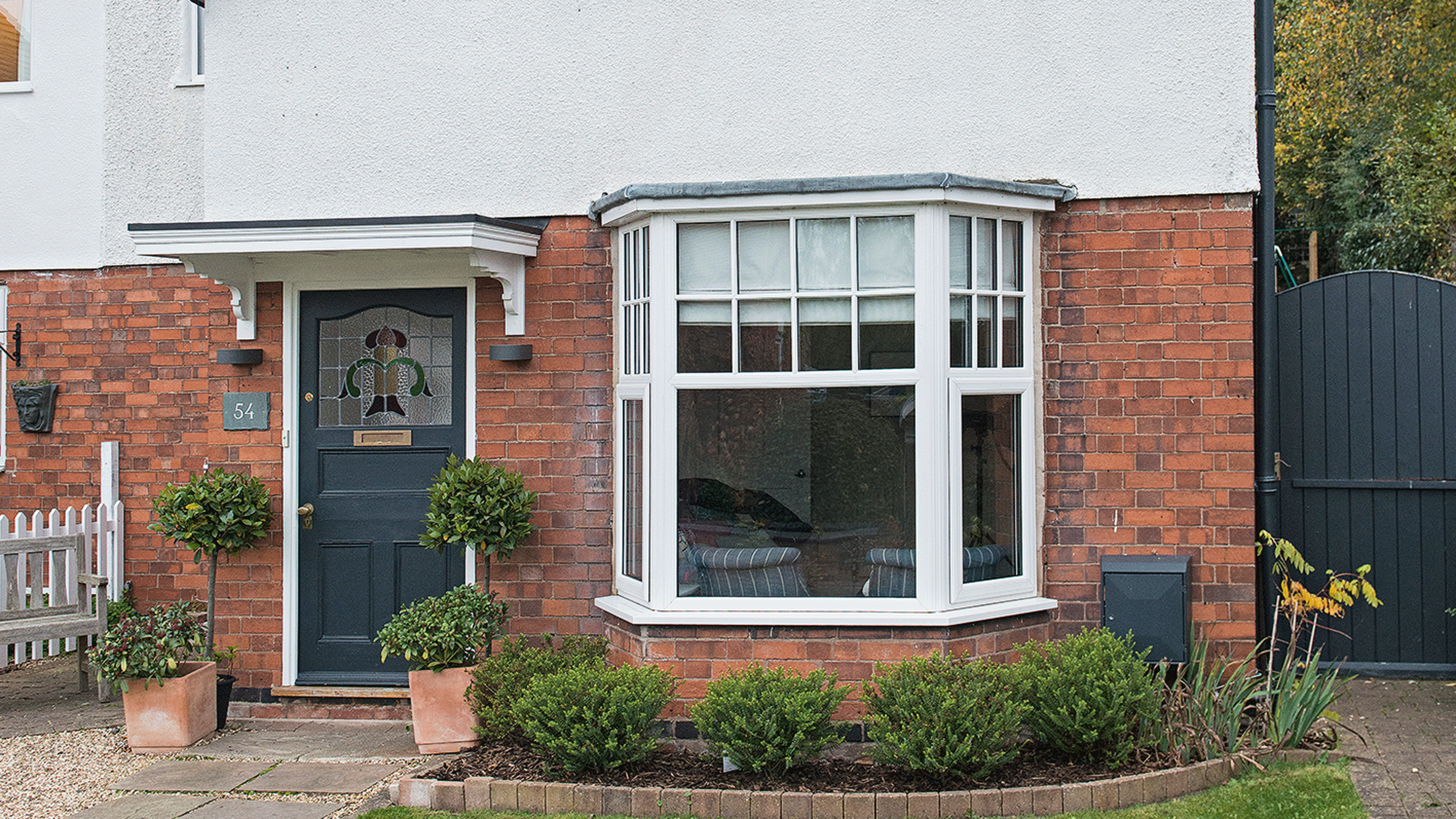
With recent changes to stamp duty bands now in effect, the amount of stamp duty you pay will be significantly less than before the changes were announced. But make sure you understand how the bands work so you can budget accordingly.
Stamp duty is a crucial consideration for anyone buying a house, as it can add thousands to the cost of the deal.
The changes announced by Chancellor Kwasi Kwarteng during his fiscal statement on 23 September came into effect immediately. He increased the threshold at which stamp duty must be paid by home movers while extending first-time buyer relief to higher value properties.
The eventual stamp duty bill you face can vary based on a host of factors, such as where you are buying, the price of the property and even your history of home ownership.
In this guide we’ll break down everything you need to know about the new stamp duty bands, while you can also use our stamp duty calculator to see how much stamp duty you will need to pay.
If you are taking your first step on to the property ladder, make sure you ready our guide on stamp duty for first time buyers as you may be eligible for a reduced rate.
What are the different stamp duty bands in England, Wales, Scotland and Northern Ireland for a main residence?
The first thing to bear in mind is that the stamp duty bands for the purchase of your main residence ‒ which is classed as the property in which you will live most often ‒ work differently across the various countries that make up the United Kingdom.
Get the Ideal Home Newsletter
Sign up to our newsletter for style and decor inspiration, house makeovers, project advice and more.
England and Northern Ireland
| Stamp duty bands | Standard rate of stamp duty |
|---|---|
| £0 to £250,000 | 0% |
| £250,001 to £925,000 | 5% |
| £925,001 to £1,500,000 | 10% |
| above £1,500,000 | 12% |
As you can see, the threshold at which stamp duty kicks in stands at £250,001. This means that you will pay no stamp duty if you buy a property worth £250,000 or less.
For purchases worth more than £250,000, the stamp duty bill is worked out by applying the tax rate to the portion of the purchase price that falls within each stamp duty band.
Let’s take the example of a £400,000 property purchase. There would be no tax to pay on the first £250,000, with the buyer then paying 5% on the remaining £150,000 of the purchase price. This works out as a stamp duty bill of £7,500.
Scotland
In Scotland, there is instead a Land and Buildings Transaction Tax (LBTT). These are the bands and corresponding rates in Scotland.
| LBTT bands | Standard rate of tax |
|---|---|
| Up to £145,000 | 0% |
| £145,001 to £250,000 | 2% |
| £250,000 to £325,000 | 5% |
| £325,000 to £750,000 | 10% |
| Over £750,000 | 12% |
Wales
In Wales the system is called Land Transaction Tax (LTT).
| LTT bands | Standard rate of tax |
|---|---|
| Up to £225,000 | 0% |
| £225,001 to £400,000 | 6% |
| £400,001 to £750,000 | 7.5% |
| £750,001 to £1,500,000 | 10% |
| Over £1,500,000 | 12% |
Though the tax bands are set at different levels of Scotland and Wales, in practice the tax works in essentially the same way. If you buy a property or land, then you will pay tax based on how much of the purchase price falls within the relevant tax band.
It’s also worth noting that the situation works slightly differently for those purchasing their first home. Depending on where you are buying, then you may find that you are exempt from paying stamp duty, or at least a portion of the bill, if you are a first-time buyer.
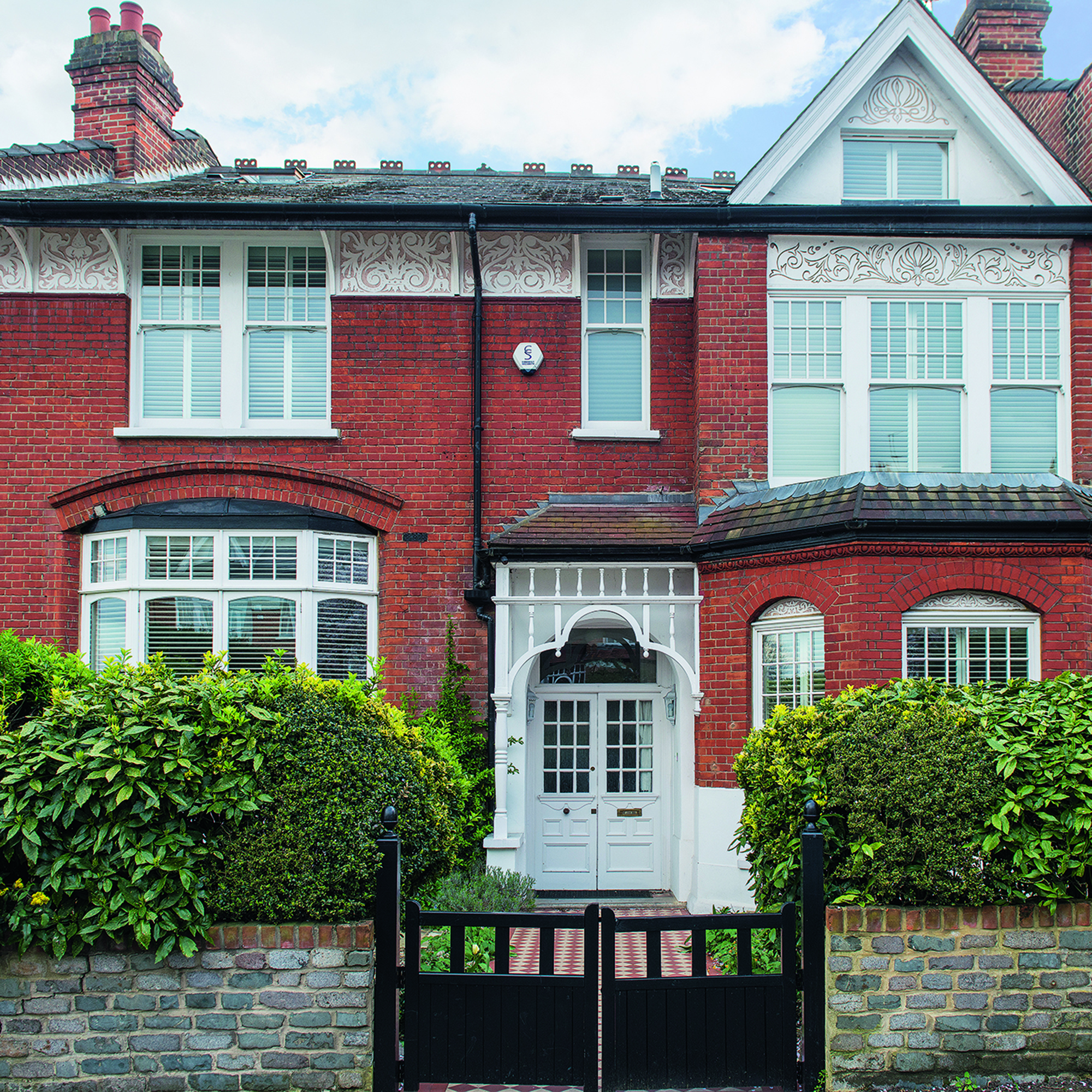
How do stamp duty bands change for a second home?
The stamp duty tax bands that we have explained above only apply to residential purchases. In other words, for your main residence. There is a different setup if you are purchasing a second home or a buy-to-let property.
Back in April 2016, the government brought in an additional stamp duty charge that would apply to buyers in this position.
The idea was that this extra tax charge would dampen the appetite of buy-to-let investors, who are often in direct competition with first-time buyers for the cheapest homes. The thinking was that by making landlords and investors pay a higher rate of tax, they may be put off from purchasing these properties, giving first-time buyers a helping hand onto the housing ladder.
In England and Northern Ireland a second home surcharge of 3 per cent applies to each tax band. This is charged to those buying second homes, buy-to-let properties and also businesses purchasing residential properties. It doesn’t apply if you are replacing your main home, even if you have other property interests.
The second home surcharge is higher in Scotland and Wales, where you will have to pay an additional 4 per cent on each tax band.
How do I work out my stand duty band?
It is relatively simple to work out which stamp duty bands apply to a potential purchase, and therefore what your eventual stamp duty bill is likely to be.
Let’s say you are an existing homeowner who is moving house, and you are buying a new home in England or Northern Ireland for £500,000. If we break the purchase down into the relevant stamp duty bands, your bill would be:
- 0% on the first £250,00 ‒ £0
- 5% on the portion between £250,000 and £500,000 ‒ £12,500
- Your total stamp duty bill would be £12,500
You can also use our stamp duty calculator, but please note this calculator is not applicable for non-UK residents or first time buyers and doesn't apply to purchases of non-residential properties or land.
If you’re buying the same property, in England, as a second home or a buy-to-let investment, then you will need to add an extra 3% to each band. This would therefore be:
- 3% on the first £250,000 ‒ £7,500
- 8% on the portion between £250,000 and £500,000 ‒ £20,000
- That means you would have a total stamp duty bill of £27,500
Remember, in Scotland and Wales the surcharge is 4%, so in this example you would face an even higher stamp duty bill.
There may be occasions where you inadvertently own two properties simultaneously, without planning a move into buy-to-let or holding a holiday home. Will this mean a higher tax bill?
Thankfully, there is some wriggle room here.
Sean Randall, partner at accountancy firm Blick Rothenberg, explains: ‘If you’re buying your new home and the property you failed to sell unexpectedly was your old home, providing you do sell it within three years of your purchase you can apply for refund which is paid back to you including interest.’
You can apply for a stamp duty refund online.
What is the progressive stamp duty rate system?
The stamp duty system in the UK is regarded as a progressive stamp duty system. It follows the same principles as income tax, and was adopted in December 2014.
For example, with income tax the amount you pay is based on how much of your income falls within certain tax bands. There’s no tax to pay on the first £12,570 ‒ this is known as the personal allowance. The basic rate of tax (which currently stands at 20%, but will drop to 19% in April 2023) then applies on earnings between the personal allowance and £50,270, at which point a higher rate of 40% kicks in.
If you earn £51,000, you are only just in the higher rate tax band, but you do not pay that 40% rate on the entirety of your earnings. You only pay it on the portion of your salary that falls into that tax band, which in this case is £730.
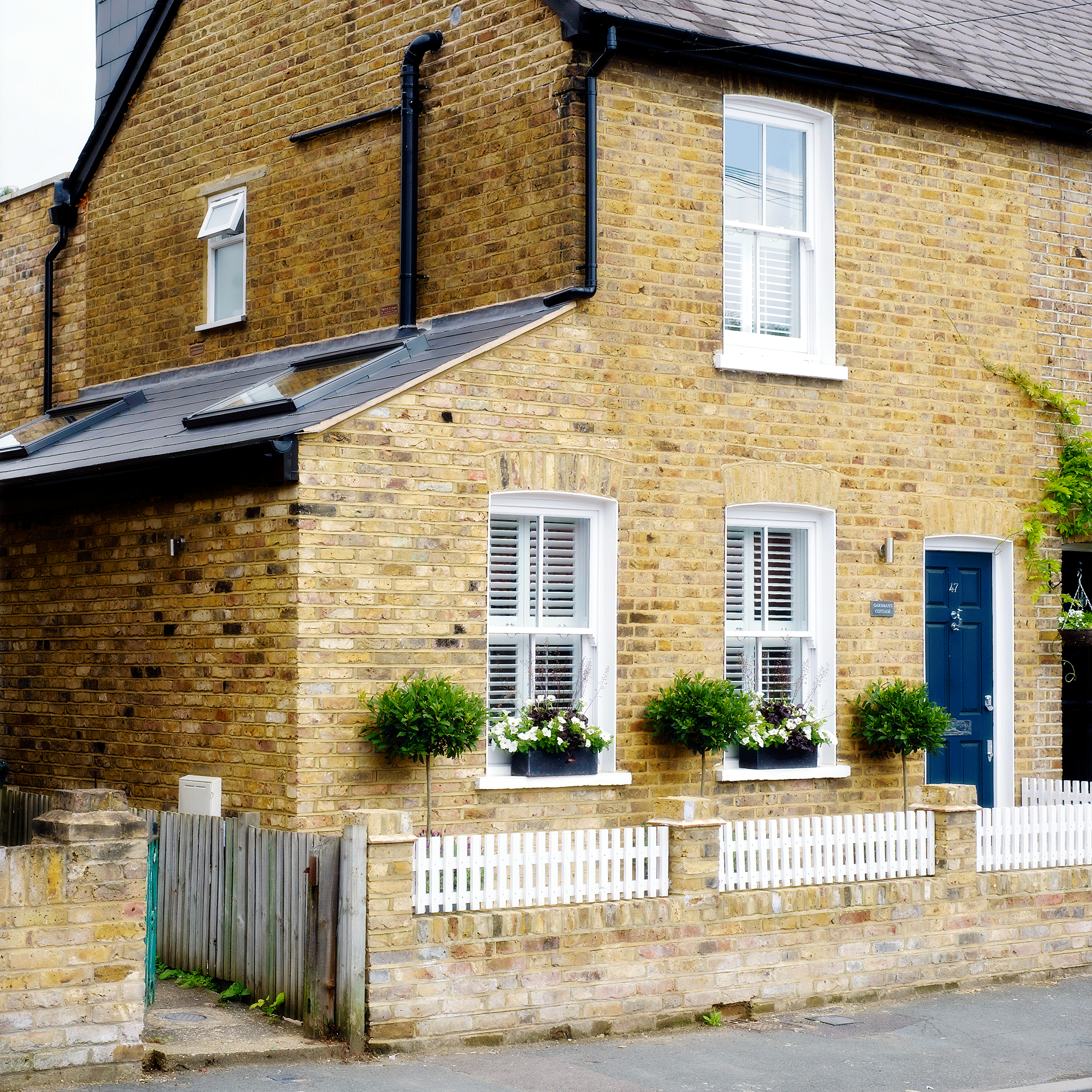
That’s largely how progressive stamp duty works. You only pay higher tax rates on the portion of your property that falls within the corresponding stamp duty bands.
Before stamp duty was reformed in 2014, it worked on a slab system.
Mr Randall says: 'Slab taxes were considered bad because they produced cliff edges. As soon as you went one pound over the relevant band, or slab, then you were automatically charged a higher percentage rate on the whole purchase price.
'The slab system distorted the market. It prevented people from buying and selling properties priced marginally over each band. That meant that properties got stuck within a band until the price increase was so big that it justified someone paying more stamp duty.'
'Progressive stamp duty achieves a fairer result,' he adds.
Samantha Partington is a personal finance journalist specialising in mortgages and the property market.
Over the past nine years, Samantha has worked for the Daily Mail, trade website Mortgage Solutions and business title Property Week. She regularly writes for national money pages including Money Mail and Sun Money and supports prop tech firms with content writing.
-
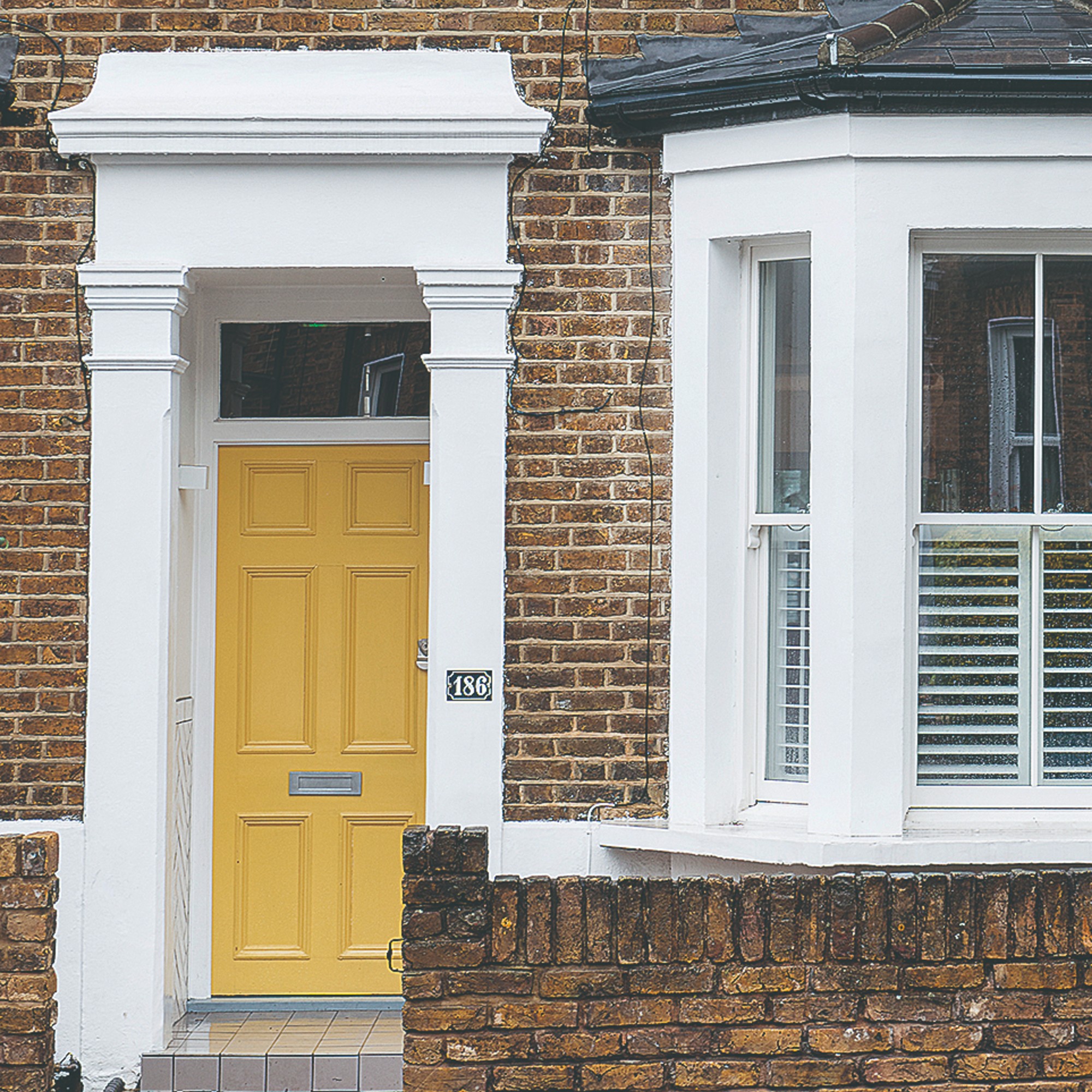 Can I paint over old paint on a front door? Experts reveal when it's OK to skip this step
Can I paint over old paint on a front door? Experts reveal when it's OK to skip this stepIf you're repainting your front door this spring, here's what you should be doing with the old paint first
By Katie Sims
-
 What is a retrospective party wall agreement?
What is a retrospective party wall agreement?Experts explain what it is and when you need one
By Natasha Brinsmead
-
 Cleaning experts say you need a dust repellent spray to keep hay fever symptoms away – and it costs just 35p
Cleaning experts say you need a dust repellent spray to keep hay fever symptoms away – and it costs just 35pIt saves time on your cleaning schedule and alleviates symptoms
By Kezia Reynolds
-
 You can claim back over £300 a year from HMRC if you work from home - here’s how to check if you’re eligible
You can claim back over £300 a year from HMRC if you work from home - here’s how to check if you’re eligibleWhen it comes to saving, every little helps
By Kezia Reynolds
-
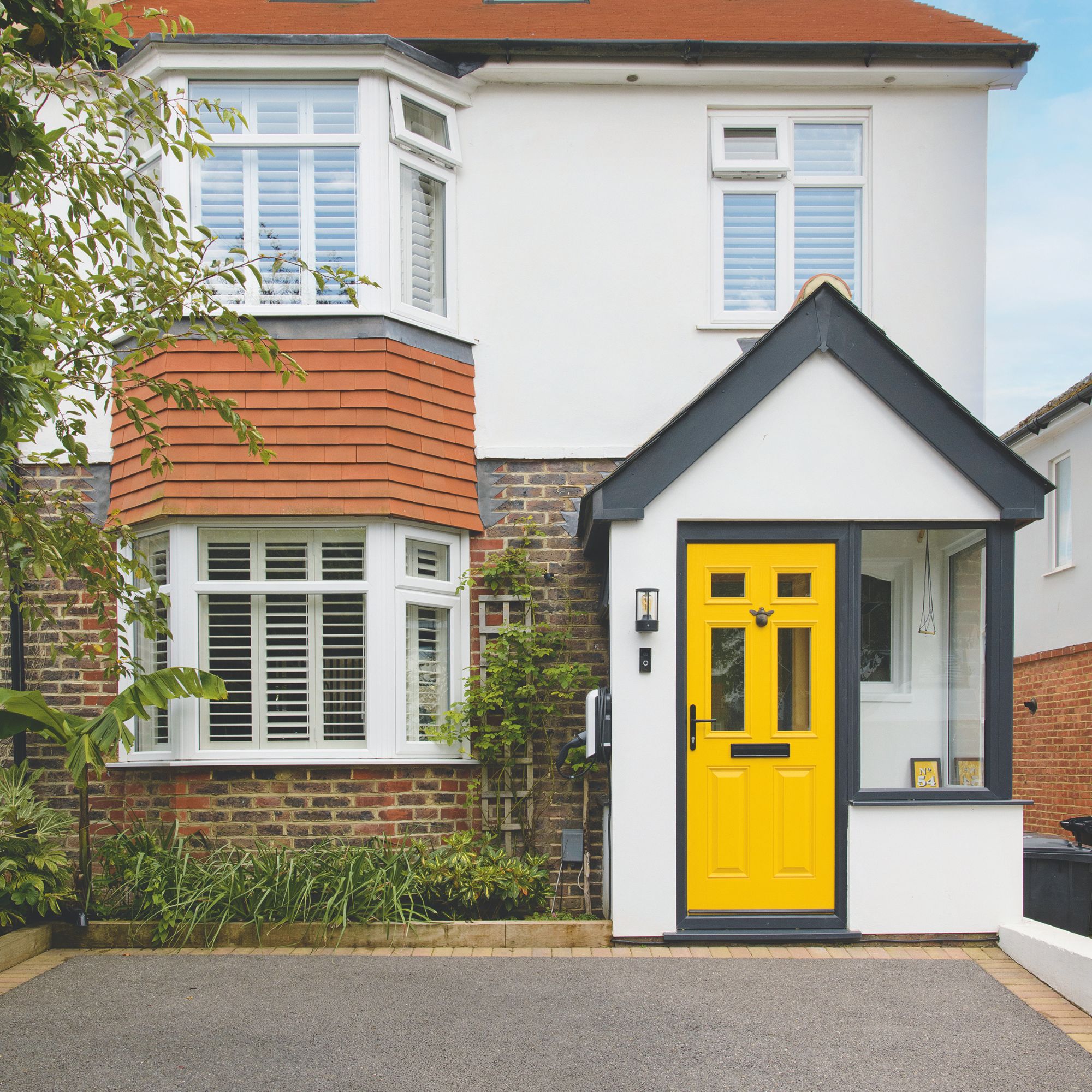 Experts have revealed the best day to renew your home insurance policy - you’ll want to do it sooner rather than later
Experts have revealed the best day to renew your home insurance policy - you’ll want to do it sooner rather than laterDon't leave this task at the bottom of your to do list
By Kezia Reynolds
-
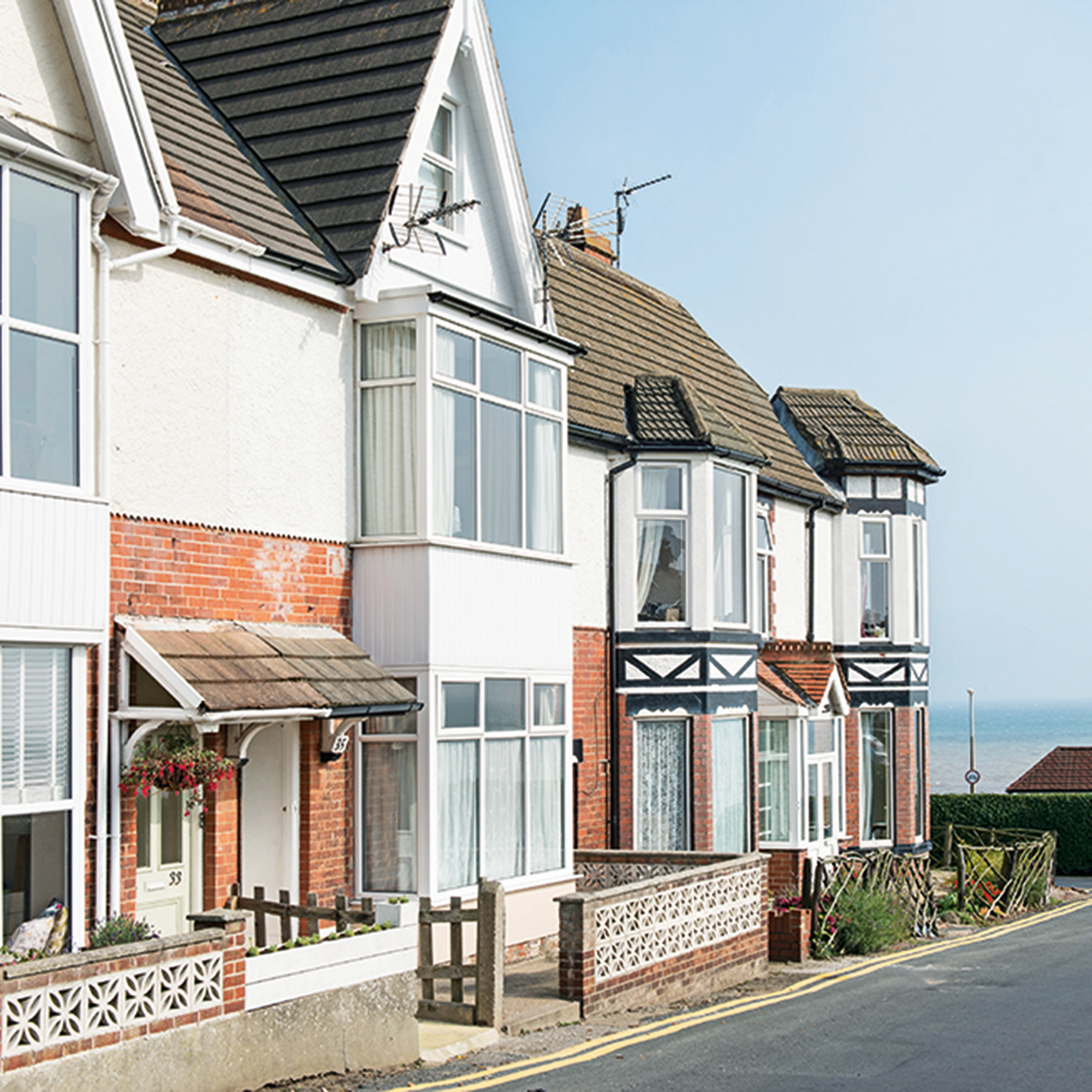 Is a variable rate mortgage ever a good idea? Experts weigh in
Is a variable rate mortgage ever a good idea? Experts weigh inOur money expert explains what a variable rate mortgage is, who they can be good for, and the pros and cons of this kind of mortgage
By Samantha Partington
-
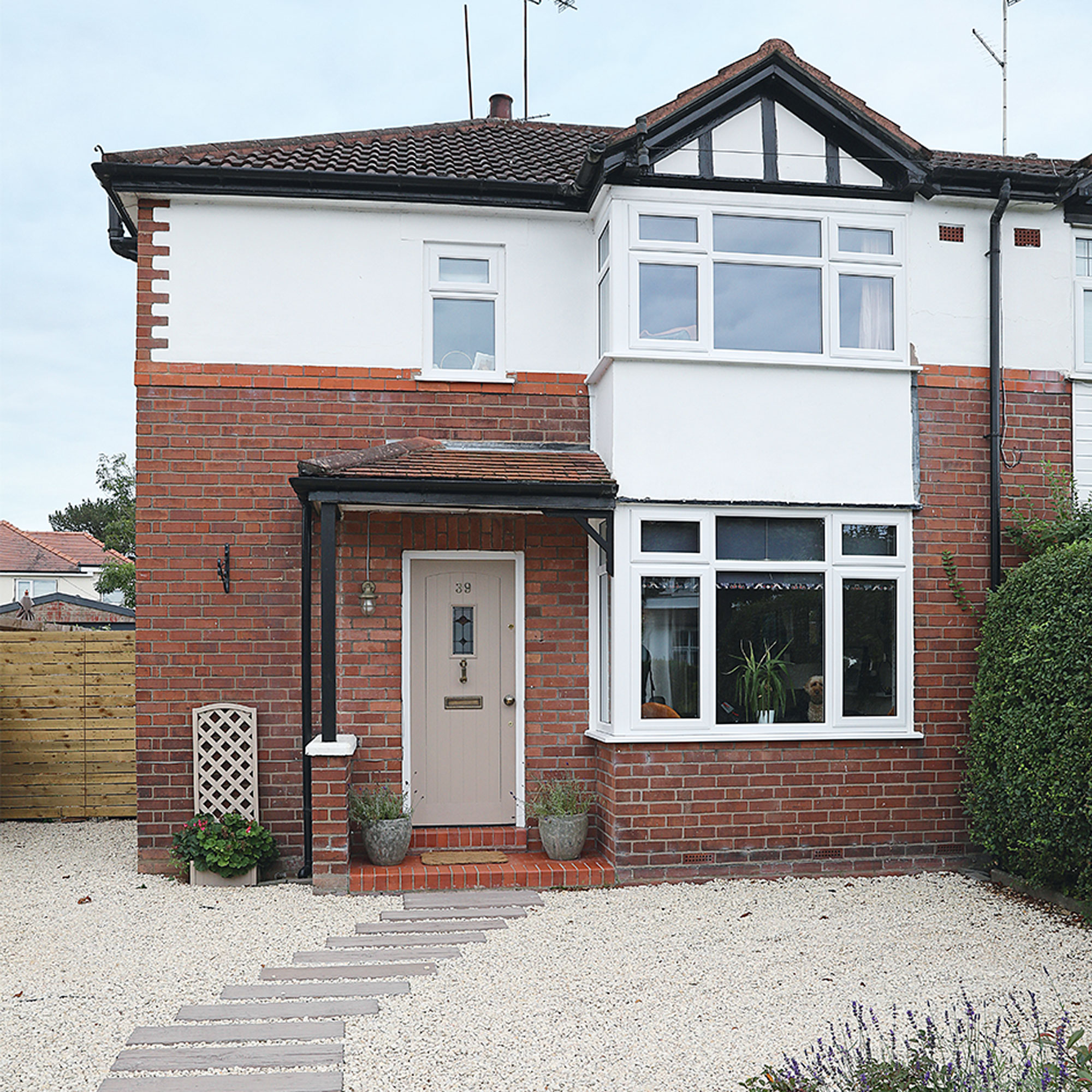 I’m a first-time buyer, what are my chances of getting a mortgage right now?
I’m a first-time buyer, what are my chances of getting a mortgage right now?And what you can do to increase your odds
By Rachel Wait
-
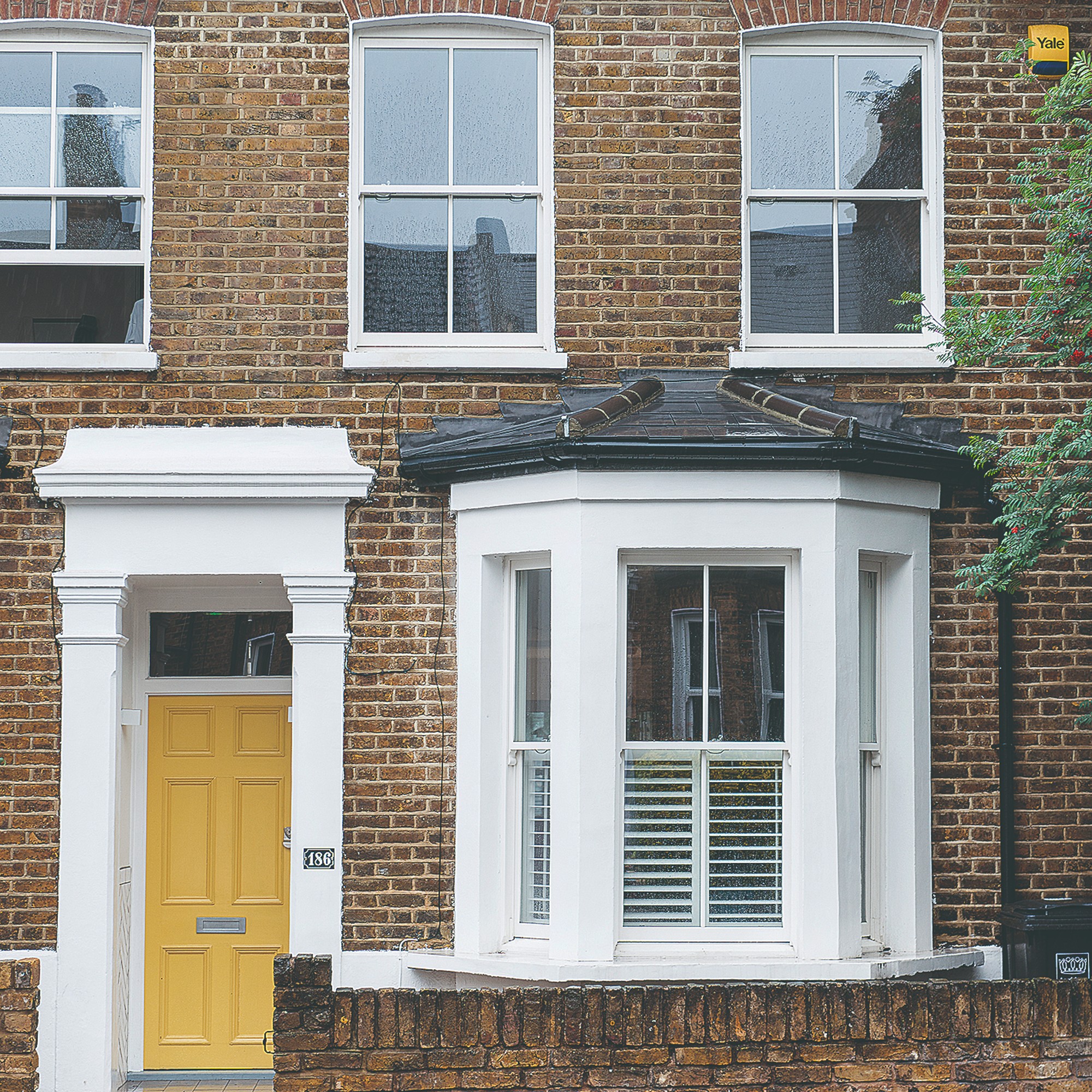 Should you ever pay above the asking price for a home?
Should you ever pay above the asking price for a home?Our money expert explains whether you should ever pay over the asking price for a home, especially if house prices fall as predicted
By Samantha Partington
-
 Should I fix my mortgage and how long should I fix for?
Should I fix my mortgage and how long should I fix for?We speak to the experts to find out whether you should fix your mortgage and how long for as well as the impact further interest changes could have on your decision
By Samantha Partington
-
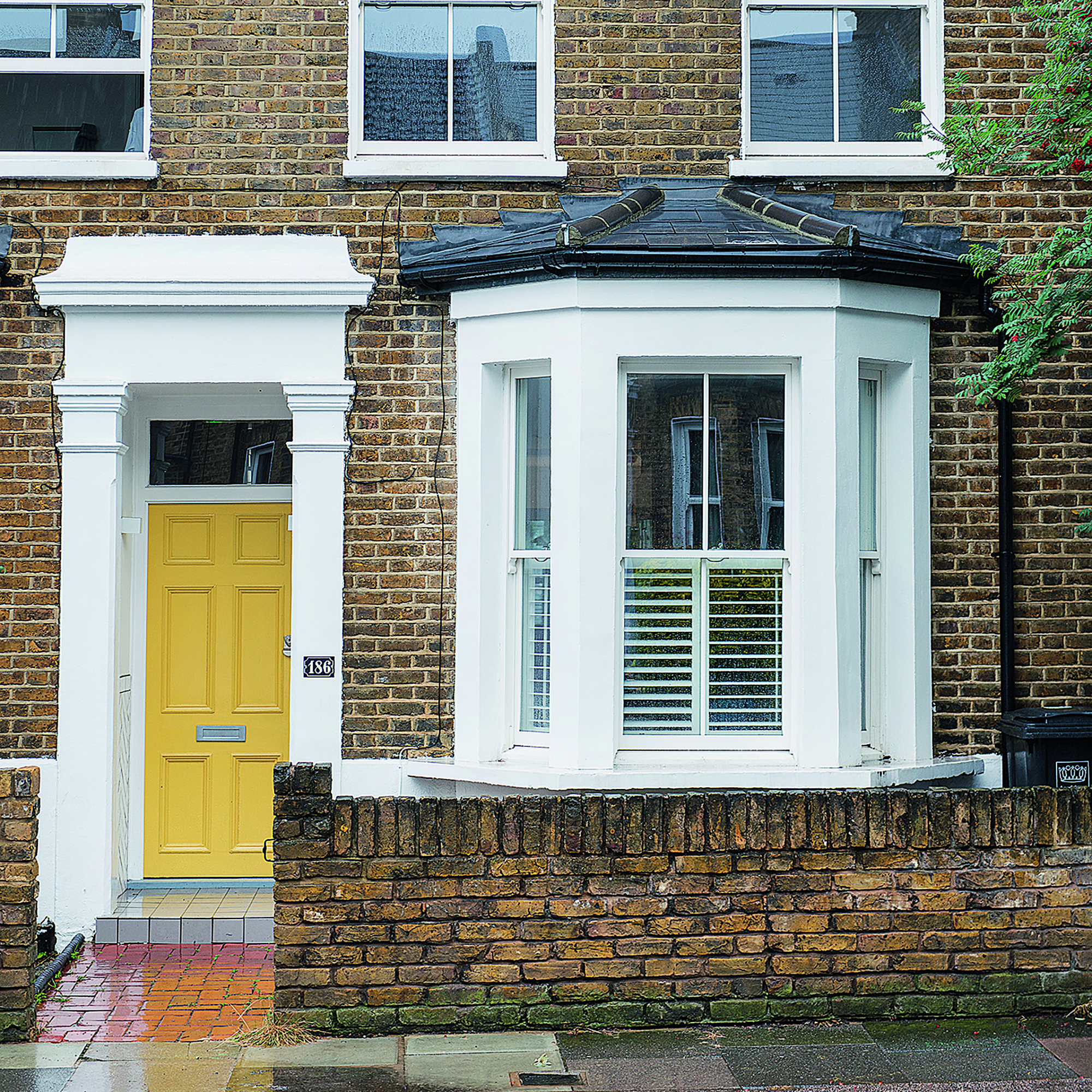 We put your mortgage questions to two leading experts, here's what they said
We put your mortgage questions to two leading experts, here's what they saidAs mortgage panic continues, we've answered the most common questions - from when mortgage rates will come down, to when you actually have to pay stamp duty
By Samantha Partington
-
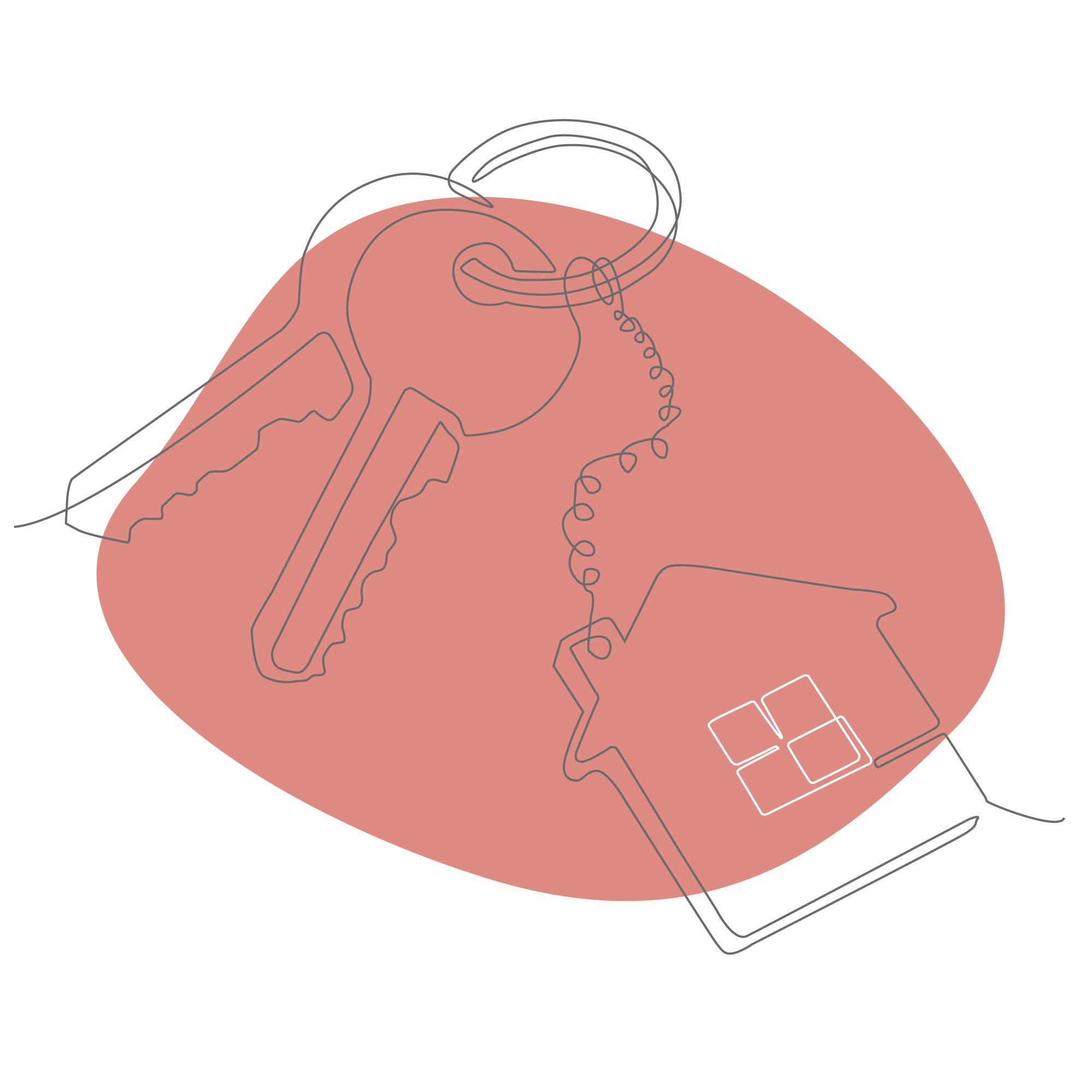 'My mortgage is set to skyrocket - what should I do?' 5 potential solutions from a money expert
'My mortgage is set to skyrocket - what should I do?' 5 potential solutions from a money expertIf you're facing higher mortgage costs, our money expert explains various courses of action you could take to ease the pressure
By Samantha Partington